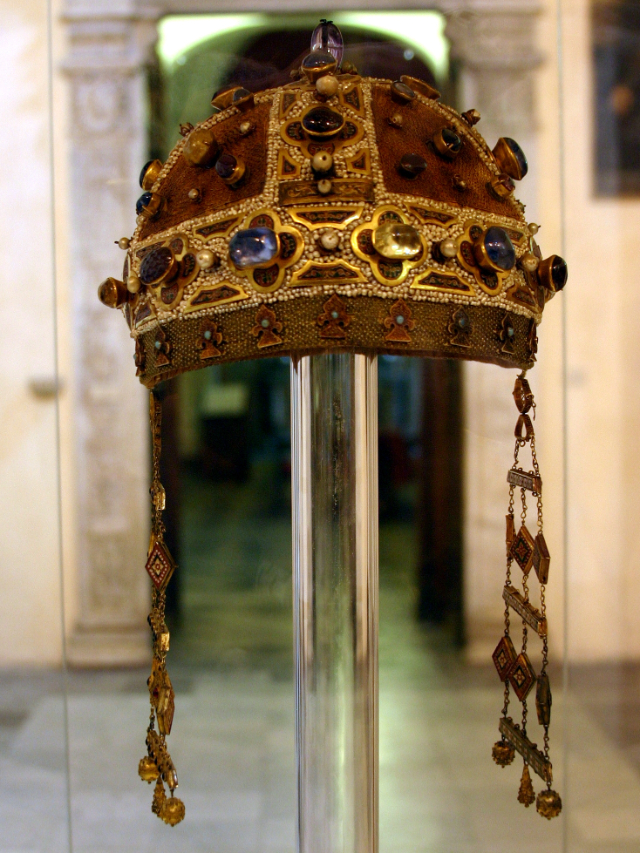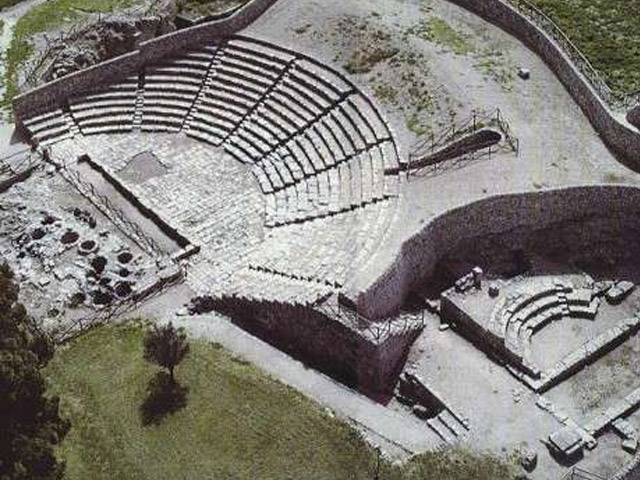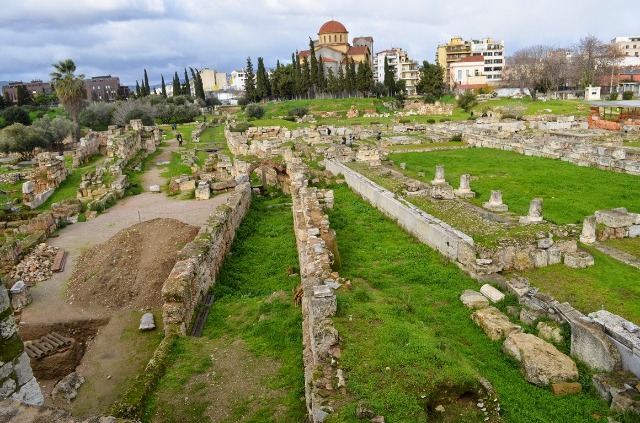Constance of Aragon was a significant historical figure from the medieval period, known not only for her roles as Queen consort of Germany and Sicily and as Holy Roman Empress but also for her effective regency in Sicily from 1212 to 1220. As an Aragonese infanta, she was born into the Aragonese royal family, which played a crucial role in the politics of the Iberian Peninsula during the Middle Ages.
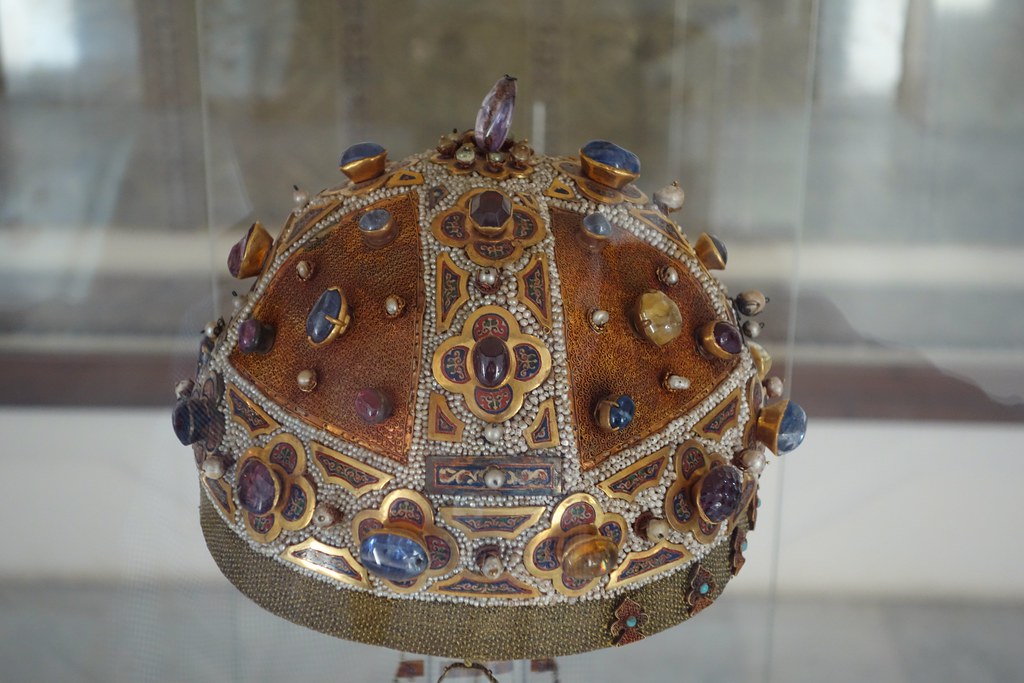
Constance was married to Frederick II of Hohenstaufen, one of the most powerful Holy Roman Emperors of the time. Her marriage linked her to one of the most influential dynasties in Europe and brought her to the forefront of political power in the Holy Roman Empire and the Kingdom of Sicily. Her role as a queen consort and later as empress brought significant responsibilities, which she managed with notable capability.
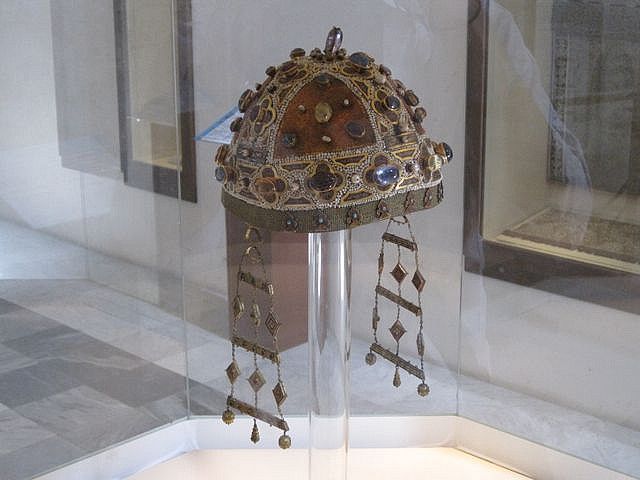
During her regency in Sicily, Constance demonstrated strong leadership and governance skills, managing the affairs of the kingdom during her husband’s absence due to his engagements in Germany and elsewhere. Her regency is noted for maintaining stability and order in Sicily, a vital and strategically located territory that was often at the center of Mediterranean politics.
The reference to Constance of Aragon’s crown might evoke not only her royal status and authority but also her cultural and political significance. While specific details about her actual crown are not extensively documented, such an artifact would symbolize her authority and her role as a monarch in medieval Europe. Crowns and other regalia associated with historical figures like Constance often carry deep symbolic meanings, representing power, legitimacy, and the continuity of lineage.
Constance of Aragon’s life and reign were marked by her diplomatic acumen and her ability to navigate the complex political landscapes of her time, traits that were essential for a ruling queen of her stature. Her contributions to the governance of Sicily and her influence in the Holy Roman Empire underscore her importance in European history, particularly in the narrative of medieval queenship and governance.
For those interested in medieval history and the role of royal women in governance, Constance of Aragon’s story is a compelling study. Her legacy reflects the challenges and responsibilities faced by women in power during the medieval period and provides insights into the governance, culture, and politics of the time.

